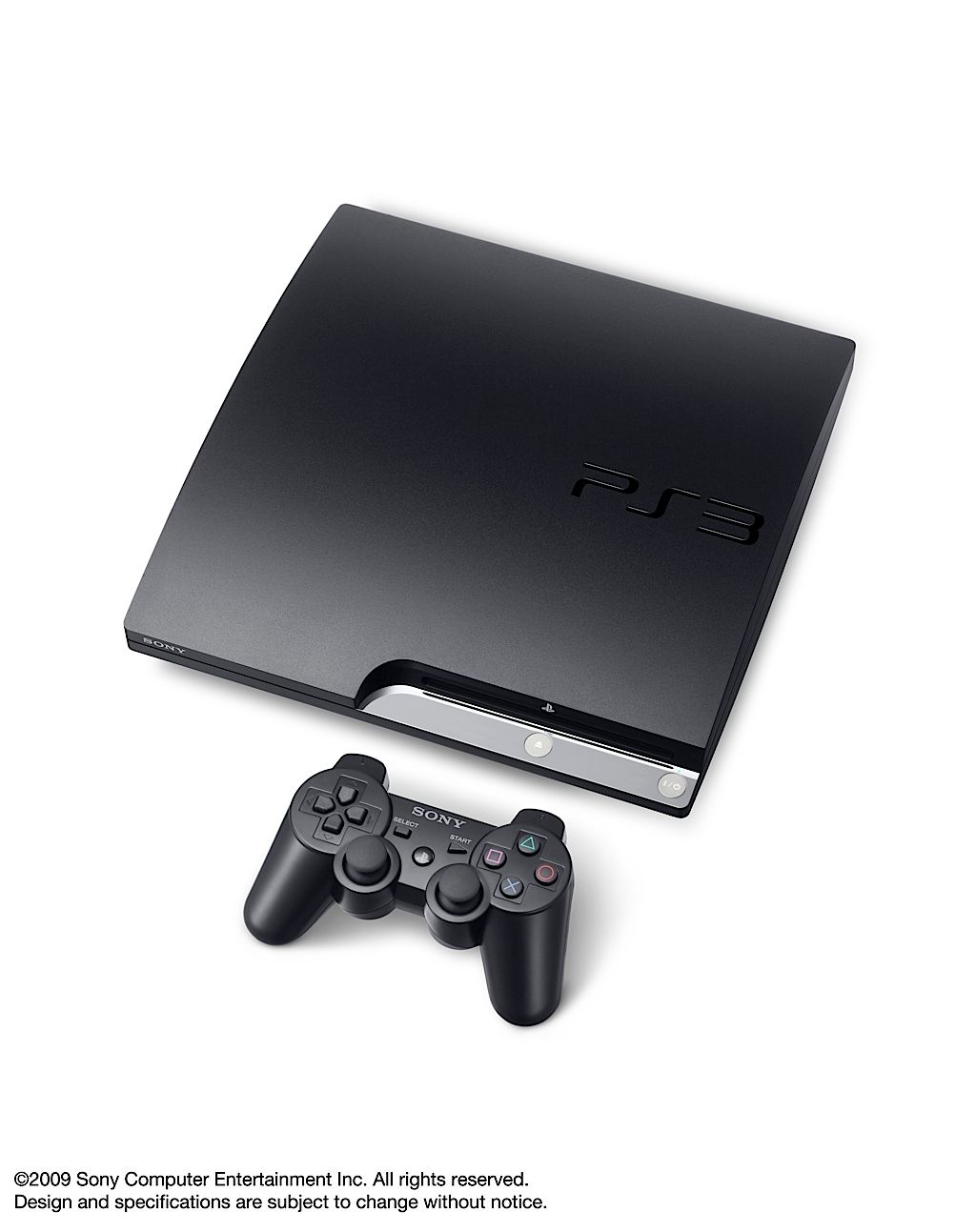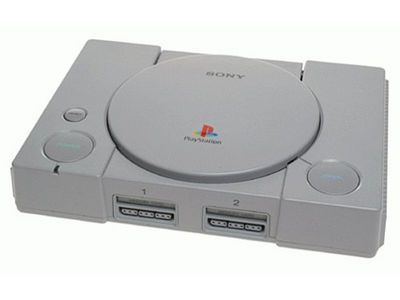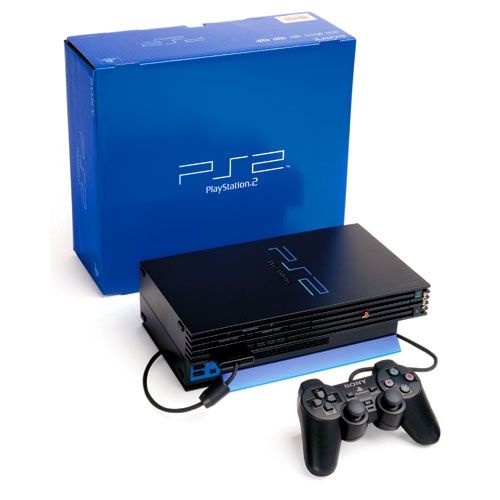The PlayStation brand infiltrated the North American gaming industry on November of 1995. It was then that this virgin epithet made its mark and embarked on a decade and a half old journey to perpetuate on the idea on providing its consumers with new evolving technologies and experiences in regards to gaming. Entering the competitive industry during a time when both Sega and Nintendo had already dominated gaming, few skeptics thought Sony’s newly conceived console would not fare well against the Sega Saturn or the Nintendo 64. Consoles like the overpriced Panasonic 3DO, the under-supported Atari Jaguar, and Apple Bandai’s late-comer Pippin, were amongst many consoles that failed to penetrate the gaming industry with the brute force that both Sega and Nintendo had governed. However, with sheer determination, and a pretty hefty wallet, Sony fearlessly entered the already paramount plateau reserved by competitors Sega and Nintendo, and changed and matured gaming from that point forward.
Sony’s first console, the original PlayStation, brought many their best years of gaming. Re-defining how we experienced gaming, the PlayStation (PSX) introduced us to classic titles like Final Fantasy VII, Xenogears, Ridge Racer, Final Fantasy Tactics, Metal Gear Solid, Resident Evil, Parasite Eve, Castlevania: Symphony of the Night, and others, that imprinted us with unforgettable memories which, till this day, hide in the deepest sanctuary of our minds. Of course, both the Saturn and the N64 did offer their share of significant titles, but compared to the sheer storm of classics that the PSX birthed, the majority of those games became dwarfed (with the exception of memorable titles like The Legend of Zelda: Ocarina of Time which is one of my favorite games of all time). It was during this time that we saw Sega struggle to continue to push titles as hastily as the veteran Nintendo and newcomer PSX.
The PlayStation 2 soon made its way into homes becoming the very first console to intertwine, at a large scale, gaming with the luxuries of DVD video and audio playback. Many doomed the console because of its support for the infant DVD technology that had just recently surfaced, while others applauded the company for pushing the technology that would soon become the norm in home entertainment. At launch, obtaining the console was difficult due to manufacturing delays which led many to purchase the console on websites like eBay for thousands of dollars. With its strong PlayStation brand, it’s emphasis on backward compatibility, and a loyal fan base, the PlayStation 2 went on to be the most successful console of that generation, even when put up against its competitors - the Microsoft Xbox and the Nintendo GameCube. Titles like God of War, God of War II, Shadow of the Colossus, and Okami – just to name a few – went on to be instant classics and hardware sellers for the successor of the original PlayStation. The legacy that the PSX left was picked up by its predecessor with insignificant purpose. It was during this time that Sega’s Dreamcast began to stagnantly wither away whilst a newer yet familiar face emerged and entered the realm of console hardware manufacturing – Microsoft. With their massive financial capabilities, and respect from the PC industry, Microsoft introduced the world to the technologically superior Xbox in 2001 – a console which would, indefinitely, keep Sony on its toes.
Four years later passed and with the PlayStation 2 fiercely ahead of its competitors, Microsoft honored the world by introducing its next generation console, the Xbox 360. One cannot deprive the Xbox 360 of its distinguished console online gaming system, Xbox Live (which, for $50 a year, allowed, for the first time in console history, players to download content such as game demos, arcade games, movies, and TV shows). Its online service is what many have based their online systems on. Whether or not it functions differently, we have to sincerely applaud Microsoft for, just as the PlayStation 2 did with “home entertainment”, bringing the term “online” to the console mass. Features such as Windows Media Center, mandatory support of high definition in all games, and an HD DVD addon clearly lured gamers from all factions to wet their feet with the only true high definition console on the market. It was during this time when Microsoft took the throne that Sony once held firmly, and ruled with an iron fist amongst its technically inferior console competitors. Of course, both Sony and Nintendo would soon join in the next-gen race a year later and change the playing field quite a bit.
The PlayStation 3 was introduced to the world on November of 2006. Its gargantuan clunky façade, although pricey, brought smiles of joy to its loyal fans, while others dismantled its tedious launch titles and “hard to develop for” reputation immortalized by both developers and fanboys. With it, a new technology emerged – Blu-ray Disc – which ushered the way for large-capacity high definition discs. Pioneered by Sony, and supported by companies Dell, Apple, Pioneer, etc., Blu-ray has a single-layer capacity of 25GB, and a dual-layer capacity of 50GB. At its release, the Blu-ray technology was up against Toshiba’s, and Microsoft supported, HD DVD – which was, from a technical standpoint, inferior to Blu-ray’s specifications.
Throughout the industry many condemned the PlayStation 3 for emphasizing the expensive technology onto its consoles; a feature many thought was not needed and used as a means for Sony to promote yet another of their vain technologies. Two years later, even with the Xbox 360 still in a hefty lead in contrast to the PlayStation 3, HD DVD lost the format war against Sony’s Blu-ray and, from that point on, the PlayStation 3’s future began to look surprisingly bright from the standpoints of both critics and fans.
We can’t give the credit to the sole triumph of Blu-ray, though. It’s evolving and versatile PlayStation Network system rivals that of Xbox Live by offering a free service, along with all the goodies of downloading and purchasing movies, downloadable content, the online interactive world of Home, and online gaming, with, as of now, the exception of cross-game communication. It’s an online system that although not as fleshed out as Xbox Live, still manages to satisfy those who use it. Another perk that we can definitely give praise for is the region-free feature that chaperons each PlayStation 3. This feature allows players from any country to import games and freely play them without the limitations of regional lockouts that create barriers used to prevent the playing of media designed for a game from the country where it is marketed on the version of the same game marketed in another country. So, in laymen’s terms, if you live in North America and want to play a Japanese game, you can just import it and play it without any form of regional restrictions, and vice-versa. Just hope that you have either a translator next to you, or that you’re fluent in the language for the sake of interpreting voice and/or text.
 As years etched by, the PlayStation 3 began to produce titles that took genres to a next level. Titles like Uncharted: Drakes Fortune bewildered many with its unbelievable, yet doable, graphics and Hollywood-esque storyline. Games like Killzone 2 surfaced changing the way many viewed console FPS’s in terms of style and visual demeanor. Little Big Planet offered a vivid world for everyone to enjoy re-inventing the multiplayer and side-scroller experience. There was a point in this generation when the Xbox 360 trampled the PlayStation 3’s lineup without question. A time when PlayStation 3 owners questioned the purpose of owning a console that barely produced the games its predecessors did at a fluid pace. For two years, PlayStation 3 owners had to endure the constant teasing from Xbox 360 owners who giggled unmercifully as their console was perpetually graced with titles like Gears of War, Mass Effect, and BioShock (when it was exclusive).
As years etched by, the PlayStation 3 began to produce titles that took genres to a next level. Titles like Uncharted: Drakes Fortune bewildered many with its unbelievable, yet doable, graphics and Hollywood-esque storyline. Games like Killzone 2 surfaced changing the way many viewed console FPS’s in terms of style and visual demeanor. Little Big Planet offered a vivid world for everyone to enjoy re-inventing the multiplayer and side-scroller experience. There was a point in this generation when the Xbox 360 trampled the PlayStation 3’s lineup without question. A time when PlayStation 3 owners questioned the purpose of owning a console that barely produced the games its predecessors did at a fluid pace. For two years, PlayStation 3 owners had to endure the constant teasing from Xbox 360 owners who giggled unmercifully as their console was perpetually graced with titles like Gears of War, Mass Effect, and BioShock (when it was exclusive).
With the PlayStation 3 now producing quality titles at a consistent rate, many have come to the realization that, indeed, the console is in fact adding to the legacy of its predecessors. With the promise of a ten year life span, like that of the PlayStation 2, fans will have a grace period in the coming years as games begin to flourish in the console’s, still, early pilgrimage. Am I saying that the PlayStation 3 is better than the Xbox 360? No. I am saying, though, that both consoles can now enjoy the fruits of entertainment as both will continue to produce classic titles, like consoles before them, which will evidently become part of those very memories of gaming we continue to hold on to decades later. It’s not the console that defines our connections with games. It’s the stories and new experiences in games that we endure throughout a console’s life that imprints a legacy. Games are the souls of this form of entertainment, while the console is just a host. Sure, the console puts out what we see, but at the end of the day, we’ll be far more satisfied with the game we’ve played rather than the console that played it.
Next Week: Then and Now: Xbox



